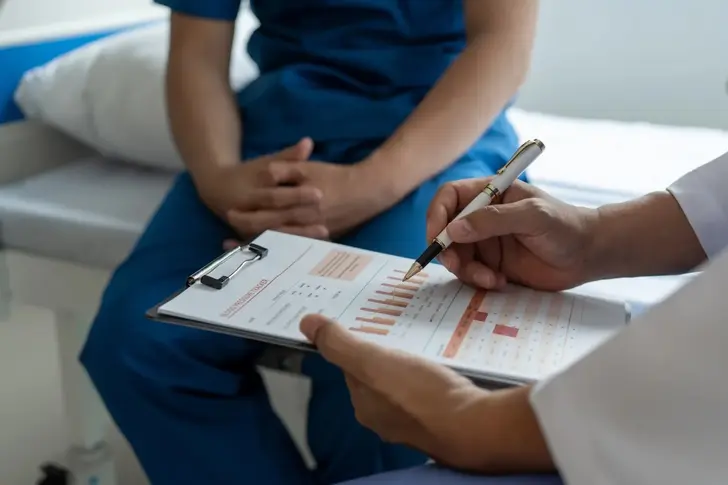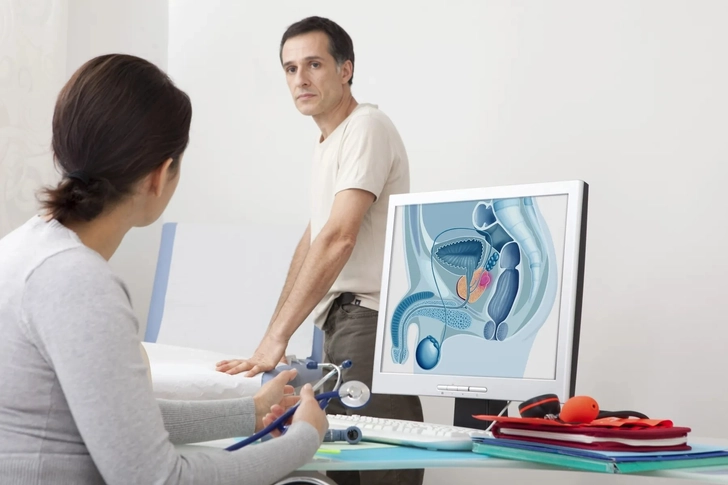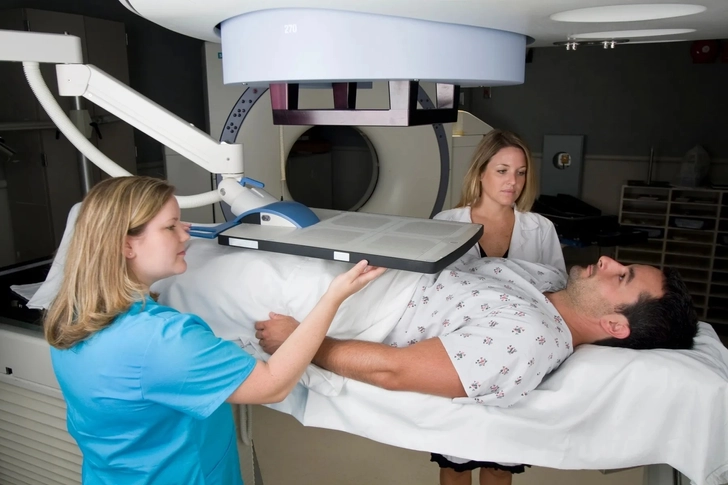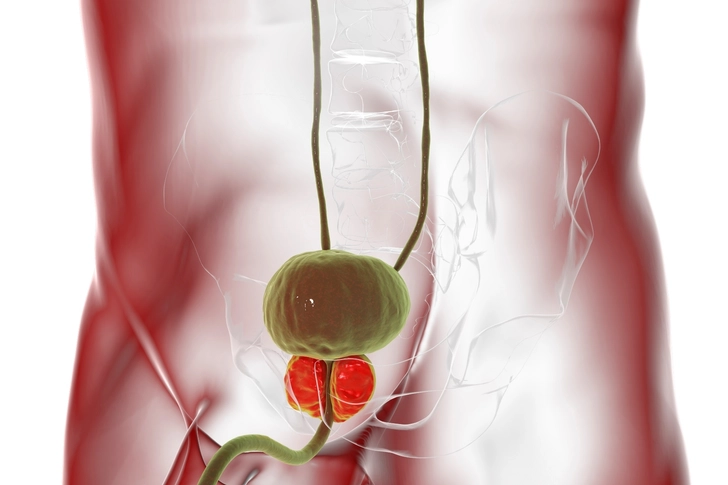- Overview
- Causes & Risks
- Symptoms, Stages & Types
- Tests & Diagnosis
- Your Prostate Cancer Care Team
- Treatment
- Remission & Recurrence
- Living With
- Support & Resources
- Appointment Prep
- View Full Guide
Treatments for Recurrent Prostate Cancer


What Is Recurrent Prostate Cancer?
Prostate cancer is the second most common cancer among men, with an estimated 1 in 9 men being diagnosed with it in their lifetime. While treatments for prostate cancer have advanced significantly in recent years, there is a chance that the cancer can come back, even after successful treatment. This is called recurrent prostate cancer, and it requires a different approach than the treatment you first got. Here’s what makes recurrent prostate cancer different, including how to know if your cancer has returned, how treatments are chosen, and what options are available.

Signs Cancer Has Returned
Recurrent prostate cancer typically does not show symptoms unless it has spread to other parts of the body. This makes regular PSA testing crucial in monitoring for a recurrence. Rising levels of prostate-specific antigen (PSA) in a blood test are often the first sign that cancer has returned. However, this test alone cannot confirm a recurrence, and your doctor may recommend a biopsy or imaging tests such as a CT or MRI scan. If your cancer has spread, you may have weight loss, trouble urinating or getting an erection, bone pain, or blood in your urine.

Treatment Options
Several factors go into deciding the best treatment for your recurrent prostate cancer, including the type of treatment used previously, the aggressiveness of the cancer, and your overall health. These treatments are known as second-line or salvage therapy and aim to either eliminate the cancer completely (curative) or slow its progression (control). Curative treatments include radiation therapy, cryotherapy, and surgery, while control treatments include hormone therapy and chemotherapy.

Unsuccessful Treatments
In some cases, the first treatment for recurrent prostate cancer may not be effective or may stop working after a period of success. In such situations, other treatment options are available, including immunotherapy, targeted therapies, or enrolling in a clinical trial. Regular checkups with your doctor are crucial to monitor the cancer and determine the next steps in treatment.

Treatment Side Effects
Like any cancer treatment, second-line treatments can cause side effects. These may be more severe than your first round of treatment because your previous therapies may have damaged the tissue surrounding your prostate. Side effects include erectile dysfunction, hot flashes, and breast tissue tenderness. Discuss potential side effects with your doctor and ask for ways to manage them.

Another Option
Active surveillance, also called watchful waiting, is an option if your cancer has not progressed significantly and you're not at high risk of it spreading. This involves regular monitoring with PSA tests, but treatment only begins if the cancer grows or causes symptoms. This approach may be suitable for you if you're still recovering from previous treatment or are uncomfortable with starting another treatment right away.
Recurrent prostate cancer may seem daunting, but with advancements in treatments, it can be managed effectively. If you have been diagnosed with recurrent prostate cancer, stay informed and work closely with your doctor to determine the best treatment plan for you.
IMAGES PROVIDED BY:
Shutterstock
SOURCES:
American Cancer Society: "Hormone Therapy for Prostate Cancer," "Immunotherapy for Prostate Cancer," "Targeted Therapy for Prostate Cancer," "Treating Prostate Cancer that Doesn't Go Away or Comes Back After Treatment."
American Society of Clinical Oncology Educational Book: "Management of Biochemically Recurrent Prostate Cancer: Ensuring the Right Treatment of the Right Patient at the Right Time."
Harvard Health Publishing: "How to Handle a Relapse After Treatment for Prostate Cancer."
Johns Hopkins Medicine: "Watchful Waiting for Prostate Cancer," "Prostate Cancer Prognosis."
Mayo Clinic: "Prostate Cancer."
Moffitt Cancer Center: "Prostate Cancer Recurrence."
FDA: "FDA Approves First PSMA-Targeted PET Imaging Drug for Men with Prostate Cancer."
Prostate Cancer UK: "If Your Prostate Cancer Comes Back."
Zero: "Recurrence."